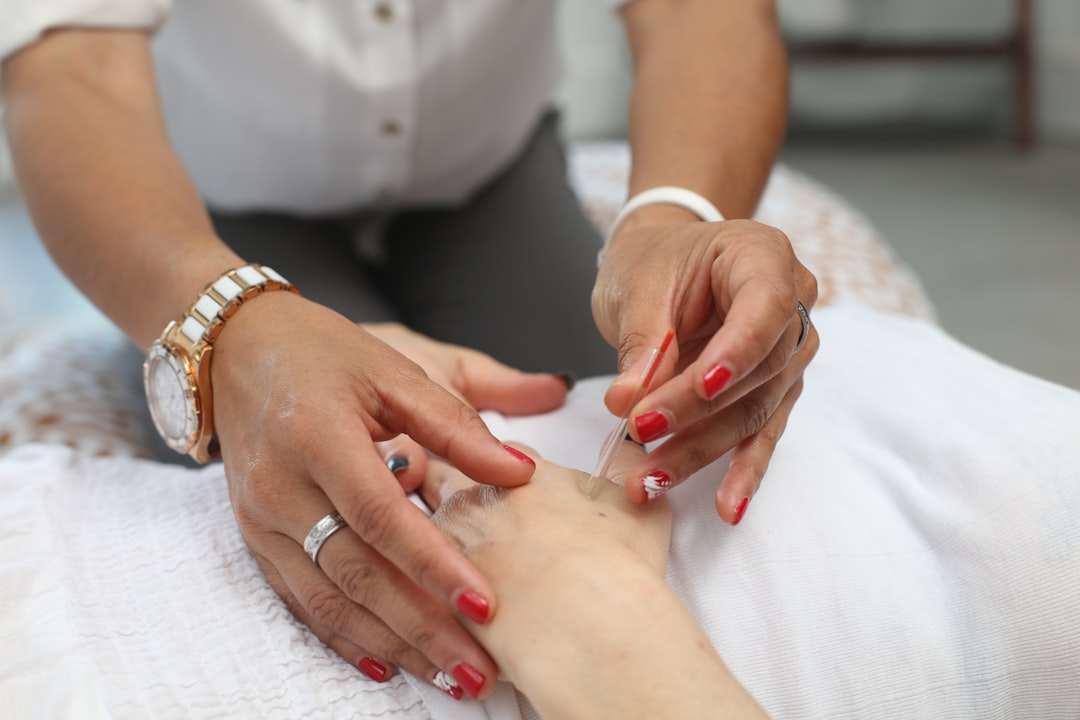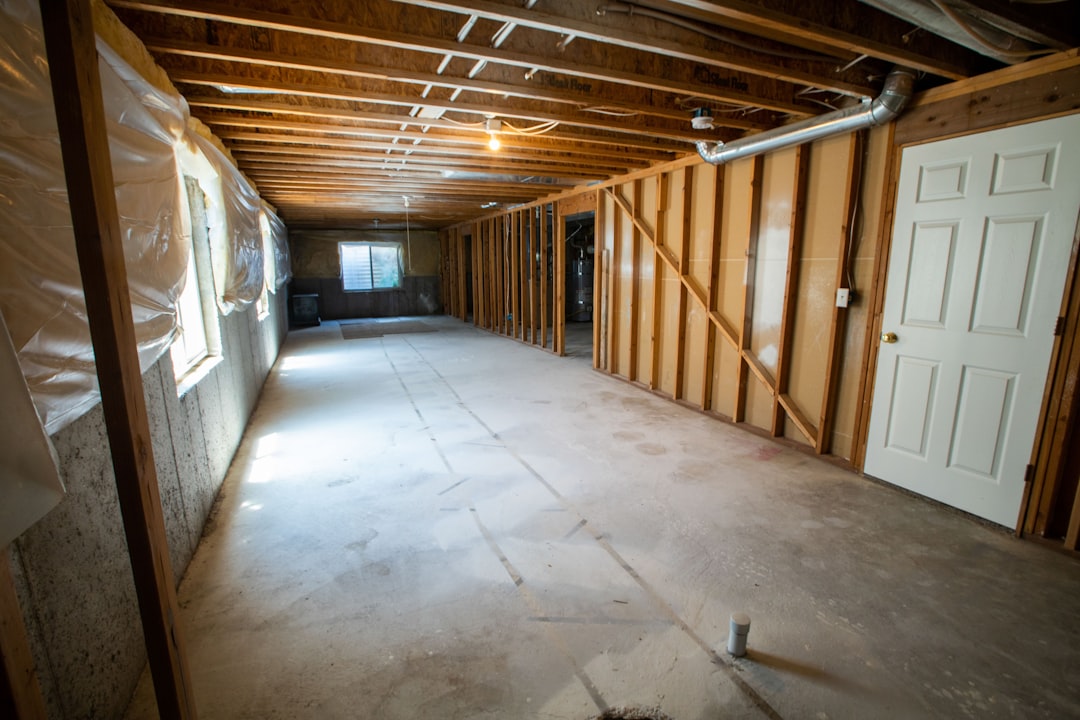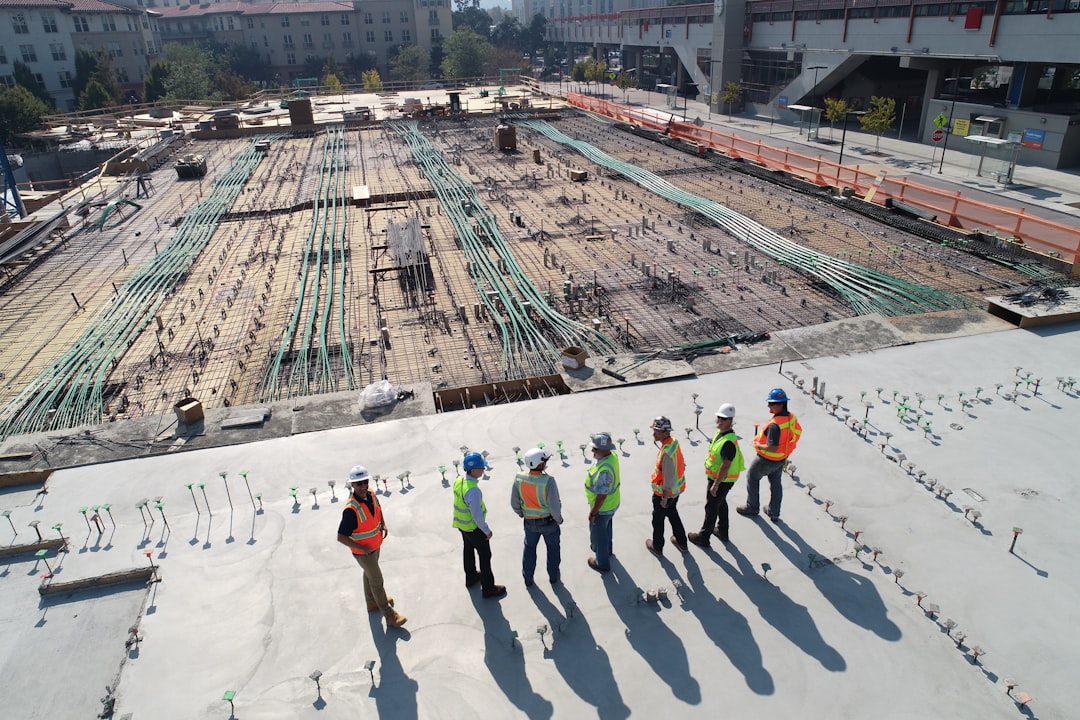Anterior Cruciate Ligament (ACL) injuries are common, particularly among athletes involved in sports that require sudden stops and changes in direction, like football, basketball, and skiing. The ACL is a crucial ligament that helps stabilise the knee joint, and its injury can be debilitating, often requiring a structured rehabilitation plan. Physiotherapy plays a vital role in the recovery process from an ACL injury, helping individuals regain strength, mobility, and confidence.
The journey to recovery from an ACL injury often begins with an evaluation by a physiotherapist. This assessment helps tailor a personalised rehabilitation plan to meet the specific needs of the patient. The initial phase typically focuses on reducing pain and swelling, which is crucial to facilitate healing. During this period, the physiotherapist may recommend rest, ice, compression, and elevation (RICE), along with exercises to maintain muscle strength in the surrounding areas.
As the patient progresses, the rehabilitation plan shifts focus towards restoring knee joint range of motion and muscle strength. This is where targeted exercises become essential. Activities such as straight-leg raises, heel slides, and quadriceps sets are commonly used to enhance flexibility and strengthen the muscles around the knee. Moreover, balance and proprioception exercises are introduced to improve stability and prevent future injuries.
An essential aspect of acl injury physiotherapy is the gradual reintroduction of functional activities. These exercises are designed to mimic the movements of daily life and sports, preparing the patient for a return to normal activities. For athletes, this phase might include running drills, hopping, and sport-specific drills that ensure the knee can handle the demands of their sport. This stage is crucial not only for physical recovery but also for rebuilding the individual’s confidence in their knee’s capability.
Throughout the rehabilitation process, the physiotherapist provides education and guidance on injury prevention. This might involve teaching proper techniques for sports activities, advising on suitable footwear, or developing a personalised exercise routine to maintain knee health. Additionally, the physiotherapist may use manual therapy techniques to address any residual stiffness or discomfort.
The duration of physiotherapy for an ACL injury can vary greatly depending on the severity of the injury and the individual’s progress. However, it is essential to remain patient and adhere to the prescribed rehabilitation plan to ensure a full recovery. A successful return to sport or regular activities requires the injured knee to be as strong and stable as it was before the injury.
For those seeking comprehensive care, it is beneficial to explore reputable clinics that specialise in musculoskeletal rehabilitation. Facilities such as this clinic offer expertise and personalised treatment plans that cater to the unique needs of each patient.
In conclusion, physiotherapy is a critical component of recovering from an ACL injury. By following a structured rehabilitation programme, patients can regain their strength and mobility, reduce the risk of re-injury, and return to their daily activities and sports with confidence. With the right support and dedication to their recovery plan, individuals can overcome the challenges of an ACL injury and achieve a full and successful recovery.








